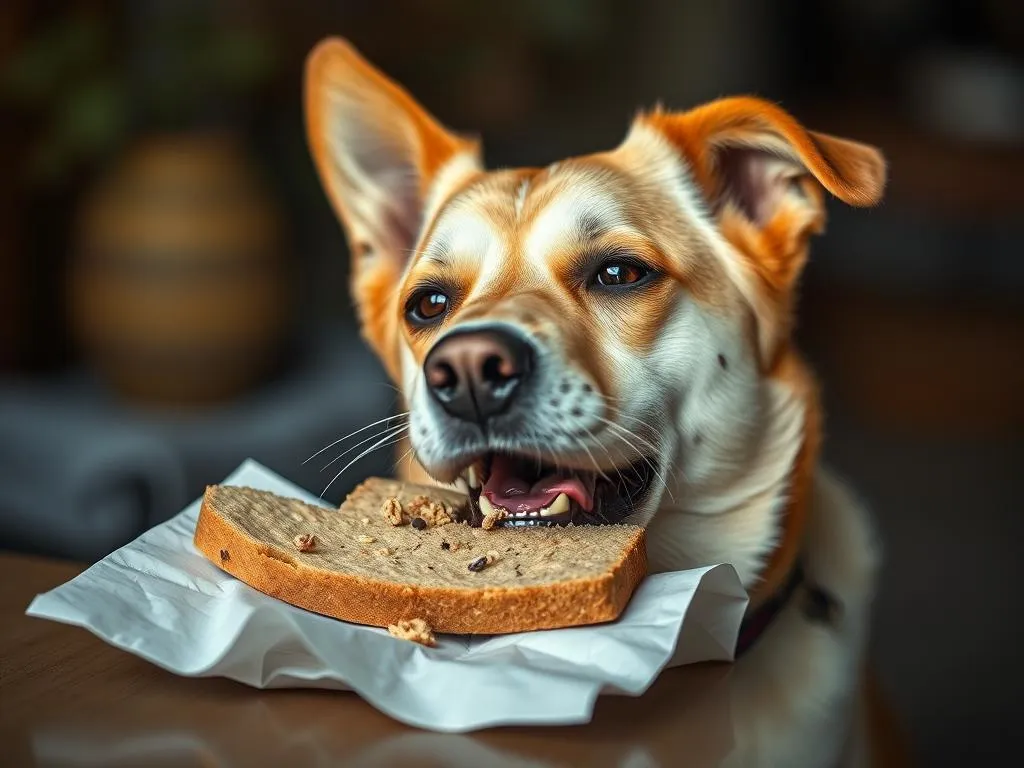
Understanding canine behavior is essential for ensuring the health and happiness of our furry friends. One puzzling behavior many dog owners encounter is when their dogs munch on paper. You might find yourself questioning, why do dogs eat paper? This article delves into the various reasons behind this behavior, the potential health risks involved, and how to prevent it.
Understanding Canine Behavior
Natural Instincts
Dogs are natural chewers. Chewing is an instinctual behavior that serves various purposes, from keeping their teeth clean to alleviating boredom. In the wild, dogs would chew on bones, wood, and even the occasional plant to satisfy their oral fixation. This instinct to chew is not merely for enjoyment; it provides essential oral stimulation that contributes to their overall well-being.
Exploration and Curiosity
Dogs are inherently curious creatures. They use their mouths as tools to explore their environment. Just as humans touch and manipulate objects to learn about them, dogs often chew on items, including paper, as a means of investigation. Paper can be particularly appealing due to its texture and sound, making it a perfect candidate for exploration.
Common Reasons Why Dogs Eat Paper
Boredom and Anxiety
Dogs require mental and physical stimulation. When they don’t receive enough exercise or engagement, they may turn to destructive behaviors, including eating paper. Signs of boredom can include excessive barking, digging, and, of course, chewing on inappropriate items.
Separation anxiety is another factor to consider. Dogs are social animals that thrive on companionship. If left alone for long periods, some dogs may exhibit signs of anxiety, which can manifest in various ways, such as chewing on paper as a coping mechanism.
Nutritional Deficiencies
Sometimes, the reason behind a dog’s paper-eating habit might be related to nutritional deficiencies. Just as humans crave certain foods when lacking essential nutrients, dogs may turn to unusual items when their diets fall short. Key nutrients such as calcium, fiber, or other vitamins play a critical role in their overall health. If your dog is not getting a balanced diet, they may resort to eating paper to fulfill their cravings.
Pica Syndrome
Pica is a condition characterized by the consumption of non-food items. It can affect dogs of any age, and the reasons behind it can vary widely. Common causes of pica include boredom, anxiety, or even underlying medical issues. Symptoms of pica include eating a variety of non-food items, such as paper, plastic, or fabric. If you suspect your dog has pica, it’s crucial to consult a veterinarian for a proper diagnosis and guidance.
Attention-Seeking Behavior
Dogs are inherently social creatures that thrive on interaction with humans. If they feel neglected or bored, they may resort to attention-seeking behaviors, one of which is chewing on paper. Even negative attention, such as scolding, can be reinforcing for some dogs, encouraging them to continue this behavior simply to elicit a response from their owners.
Health Risks of Eating Paper
Digestive Issues
One of the significant health risks associated with dogs eating paper is the potential for digestive issues. Ingesting large quantities of paper can lead to gastrointestinal blockages, which may require medical intervention. Symptoms of a blockage can include vomiting, lack of appetite, lethargy, and abdominal pain. If your dog exhibits any of these symptoms after consuming paper, seek veterinary assistance immediately.
Toxicity Concerns
Another concern regarding paper consumption is the risk of toxicity. Many paper products contain inks, dyes, and chemicals that could be harmful to dogs. While some types of paper are relatively safe, others (such as those containing heavy inks or coatings) can pose serious health risks. It’s essential to monitor the types of paper your dog has access to and take precautions to prevent them from consuming potentially harmful items.
How to Prevent Dogs from Eating Paper
Providing Alternatives
One of the most effective ways to prevent your dog from eating paper is to provide them with appropriate alternatives. Invest in safe chew toys designed for dogs, as these can satisfy their chewing instincts without the risks associated with paper. Additionally, engaging your dog in training sessions or interactive games can provide mental stimulation, reducing their urge to chew on undesirable items.
Managing Anxiety and Boredom
To combat boredom, it’s essential to develop a routine that includes regular exercise and playtime. Take your dog for daily walks, engage in fetch, or even consider dog sports to keep them active and entertained. For dogs that experience anxiety, creating a calm environment and using anxiety-reducing techniques such as desensitization or counter-conditioning can be beneficial.
Creating a Safe Environment
Dog-proofing your home is crucial in preventing unwanted chewing behavior. Keep paper products—such as newspapers, magazines, and important documents—out of reach. Designate a specific area for your dog with their toys and comfortable resting spots to encourage them to play and relax in appropriate spaces.
When to Seek Veterinary Help
Signs that Require Immediate Attention
If your dog has ingested a significant amount of paper, it’s important to be vigilant for signs of distress. Symptoms that may indicate a serious issue include persistent vomiting, diarrhea, lethargy, or signs of pain. If you notice any of these symptoms, contact your veterinarian for advice.
Professional Evaluation
Consulting a veterinarian is crucial if you suspect your dog has developed pica or if their paper-eating behavior is becoming a concern. A veterinarian can evaluate your dog’s health, assess their diet, and recommend any necessary changes. During your visit, be prepared to discuss your dog’s eating habits, behavior, and any other relevant concerns.
Conclusion
Understanding why dogs eat paper involves exploring various aspects of canine behavior, from natural instincts to potential health issues. By recognizing the reasons behind this behavior, you can take proactive steps to ensure your dog’s well-being. Providing appropriate outlets for chewing, managing anxiety, and maintaining a safe environment are critical components in addressing this issue. Ultimately, a deeper understanding of your dog’s behavior can significantly enhance their health care and overall happiness.
FAQs
Is it safe for dogs to eat paper?
While occasional ingestion of small amounts of paper may not pose a serious risk, it can lead to digestive issues and potential toxicity depending on the type of paper. It’s best to discourage this behavior.
What should I do if my dog eats paper?
Monitor your dog for any signs of distress, such as vomiting or lethargy. If your dog shows any concerning symptoms, contact your veterinarian immediately.
Can eating paper be a sign of a serious problem?
Yes, frequent or compulsive paper-eating can indicate underlying issues such as pica or nutritional deficiencies. Consulting with a veterinarian can help determine the cause.
How can I tell if my dog is bored?
Signs of boredom in dogs include excessive barking, chewing on inappropriate items, digging, or pacing. Engaging them in regular activities and providing mental stimulation can help alleviate boredom.









